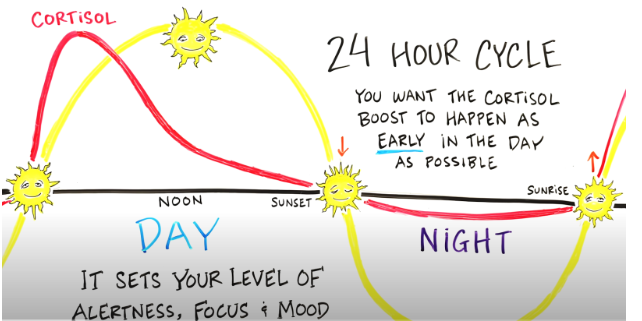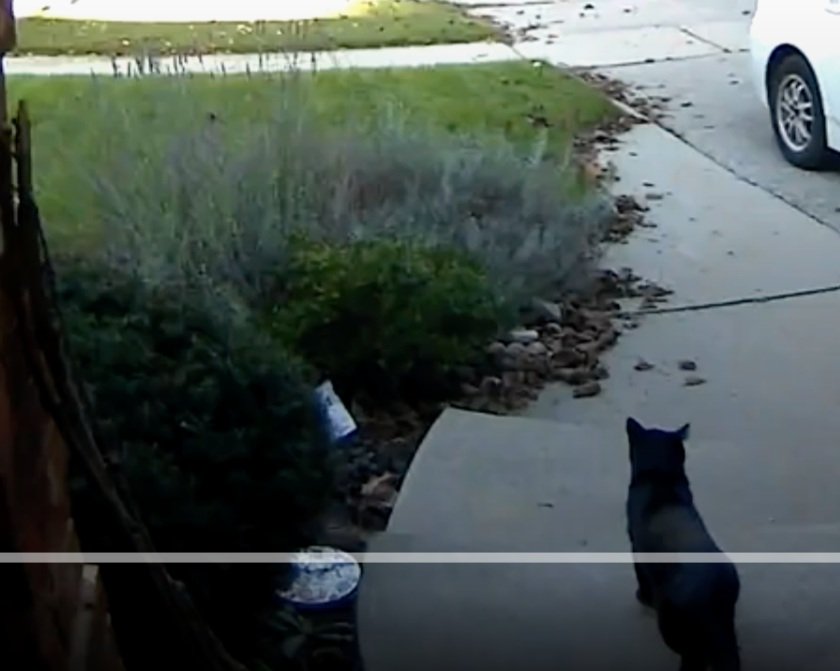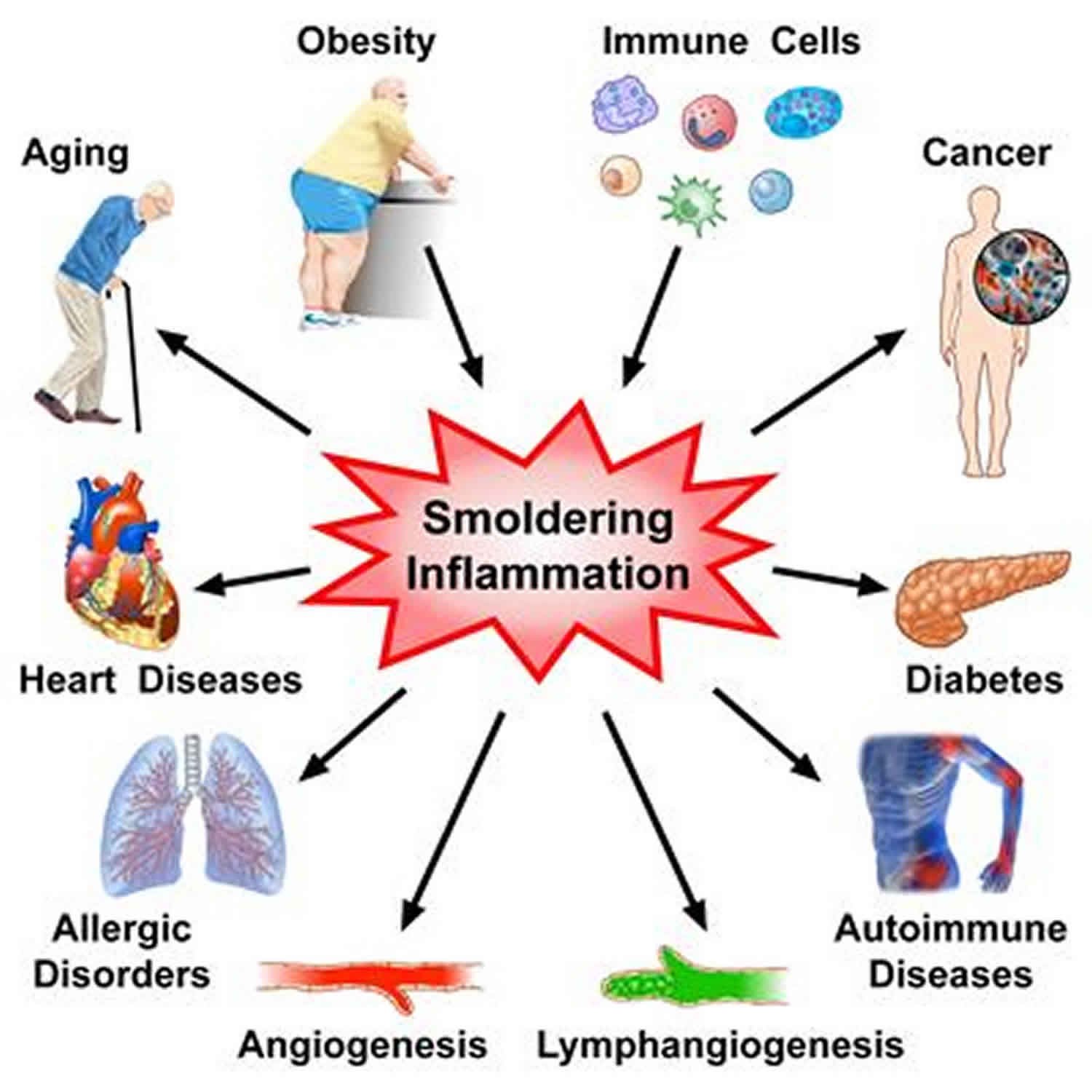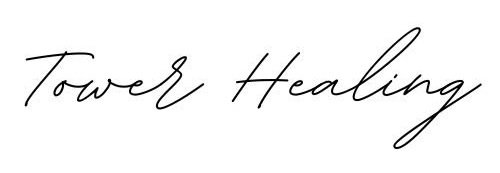
From Reaction to Connection: How to Communicate Without Wounding
From Reaction to Connection: How to Communicate Without Wounding
Have you ever left a conversation feeling unseen—or like your truth didn’t land the way you meant it to? This week’s podcast is all about Nonviolent Communication (NVC)—a gentle, powerful way to express what you’re feeling without blame or shutdown. I’m sharing how thoughts shape emotions, emotions shape actions, and how NVC helps interrupt the cycle so you can connect with more clarity, compassion, and truth. It’s one of the tools I return to most—especially in moments of tension, tenderness, or transition.

Becoming Yourself Again (After Everything Changes)
When your relationship shifts, your home life changes, or the version of you who held it all together starts to unravel... it’s easy to feel lost, unsure, or unsteady.
This is for anyone standing in that in-between space, where the old life no longer fits, and the new one hasn’t fully arrived yet.
It’s about rebuilding safety inside yourself, learning to trust your timing, and becoming more you than ever, even if everything around you is still changing.

Finding Myself Through Aesthetics
New Podcast Episode: Aesthetics & Identity
This week, I’m talking about how my personal style has evolved as I’ve grown into myself. From style confusion to using Pinterest as a guide, this 20-minute episode is all about how aesthetics can be a powerful tool for self-discovery.

Reconnection Isn’t Always Comfortable…
Reconnection Isn’t Always Comfortable… But It Changes Everything.
Most of us carry tension without realizing it — clenched jaws, shallow breaths, tight shoulders. We push through our days disconnected from our bodies, often because it’s what we had to do to cope. Stress, trauma, grief, or simply the pace of life can make living “from the neck up” feel safer. But over time, that disconnection takes a toll. We feel numb, anxious, reactive, or constantly drained — not realizing these are signals from a body that’s been quietly holding on for us.
Reconnection doesn’t always feel easy. When we slow down and soften — even something as small as releasing the jaw — it can bring old emotions or sensations to the surface. That doesn’t mean we’re doing it wrong. It means we’re waking up. Being with your body is less about control and more about presence. And with gentle attention, we begin to access clarity, energy, and emotional truth that’s been waiting beneath the surface. Reconnection may be uncomfortable at times — but it’s where real healing begins.

Why We Disconnect from Our Bodies
Have you ever reached the end of a long day and realized you never really felt present in your body — just floating from one task to the next? I know that feeling well. For years, I thought I was high-functioning. Truthfully, I was disconnected — from my breath, my hunger, my limits, and sometimes even my joy.
We disconnect for good reason. It’s often how we protect ourselves from overwhelm, trauma, or simply too much. But when disconnection becomes a habit, it’s hard to know how to come back — or even why we should.

Therapy: A Trainer for the Mind, A Path to Healing.
Therapy is often seen as something for when we’re struggling, but it’s actually a powerful tool for self-awareness, healing, and growth. Much like a trainer helps strengthen our body, therapy strengthens our mind, helping us process emotions, break unconscious patterns, and build resilience. In my latest podcast episode, I share my own therapy journey, different types of therapy, and why asking for help is a sign of strength, not weakness. Healing takes time, but every step forward matters. Listen now and discover how therapy can support your path to a more grounded, empowered you.

Unlocking the Subconscious: Exploring the Iceberg Beneath the Surface
Our subconscious mind is like the part of an iceberg beneath the surface—hidden but shaping everything we do. In my latest blog, I explore how memories, limiting beliefs, and past experiences live in our subconscious, influencing our emotions and behaviors. Therapy helps bring these patterns to light, allowing us to process, rewire, and break free from old cycles. Drawing on insights from Dr. Andrew Huberman’s podcast series with Dr. Paul Conti, I dive into how our subconscious holds onto trauma, why logic alone isn’t enough to change, and how we can integrate healing at a deeper level. Read the full post here!

Release and Letting Go: The Art of Creating Space
Release and Letting Go: The Art of Creating Space
Letting go can be one of the most powerful yet challenging acts of self-care. In this post, explore:
Why release is essential for growth.
Strategies for shedding old habits, thoughts, or relationships.
How to honor the space you’re creating for new opportunities.

Learning to Trust: Building Faith in Yourself and the Universe
Trust is the foundation of personal growth and intuition, yet it can feel elusive when life feels uncertain. This article dives into:
How to rebuild trust in yourself.
Releasing control and leaning into the flow.
Simple practices to strengthen trust in your daily life.

Embracing a Minimalistic Christmas: Reducing Consumerism and Reclaiming Joy
This holiday season, embrace a minimalist Christmas by focusing on meaning and connection rather than overconsumption. Our brains are wired for scarcity, driving us to seek more, but true joy comes from experiences, gratitude, and intentional choices. By simplifying gift exchanges, prioritizing shared moments, and reducing consumerism, you can create a holiday season that feels lighter, more meaningful, and deeply fulfilling.

Unwind Holiday Stress with a Body Scan and Progressive Muscle Relaxation
Unwind Holiday Stress with a Body Scan and PMR
The holiday season can be joyful—but also overwhelming. Between packed schedules and family gatherings, stress can sneak in, leaving you feeling tense and scattered. This month’s podcast episode introduces two simple techniques to help you reset: Progressive Muscle Relaxation (PMR) and the Body Scan.
PMR involves tensing and releasing different muscle groups, helping you identify and let go of physical tension. The Body Scan is a mindfulness practice that gently brings your attention to sensations in your body, calming your mind and reconnecting you to the present moment. Both practices are perfect for reducing holiday stress, improving sleep, and finding moments of calm in the chaos.
Ready to try it out? Listen to the episode for a guided practice and tips to bring more peace and ease into your holiday season. 🎧✨

Navigating Holiday Tensions with Non-Violent Communication and Nervous System Regulation
The holidays can bring joy, but they can also trigger tension and emotional challenges with family. By using Non-Violent Communication (NVC) to express your needs and Polyvagal Theory techniques to regulate your nervous system, you can stay calm and empathetic during difficult moments. This combination helps create meaningful connections and transforms conflict into opportunities for understanding and growth.

The Optimal Morning Routine by Andrew Huberman
Start your day off right by creating a “summer” inside your body! Prioritize natural light, morning movement, and delayed caffeine to boost dopamine and energy levels. Add in cold exposure and quality sleep to enhance your mood, focus, and resilience throughout the day.

Reading the Signs: What Everyday Symbols Really Mean
Have you ever noticed repeating numbers on a clock, found a penny heads-up, or, like me, had a black cat cross your path? It’s easy to wonder whether these seemingly random moments hold some kind of special meaning. Many of us naturally look for signs in our environment, but what is it about these experiences that makes us stop and take notice?

The Curious Case of Black Cats: Myths, Legends, and Modern Realities
Have you ever had a black cat cross your path? It happened to me recently; not only did it cross my path, it was waiting on our front porch before hand and captured on our security camera! After this, I couldn’t help but think about the superstitions tied to these sleek, mysterious creatures. For centuries, black cats have been at the center of folklore, particularly when it comes to luck—whether good or bad. But where did these beliefs come from, and what should we really make of them today?


The History and Mystique of Friday the 13th
Friday the 13th is often associated with superstition and bad luck, but its origins are far from clear. The fear of the number 13 (triskaidekaphobia) dates back centuries, and Friday was once considered unlucky in many cultures. Combined, Friday the 13th became a day of heightened superstition. Whether viewed as a day of bad luck or a day to tap into the unknown, this date continues to captivate our imaginations with mystery and intrigue.

Back-to-School Wellness: The Importance of Sleep for Focus, Health, and Well-Being
As the busy school season begins, prioritizing sleep is key for staying focused, managing stress, and maintaining overall health. In this blog, we explore why quality sleep is essential for both adults and children, offering practical tips like setting a consistent sleep schedule, creating a calming bedtime routine, and limiting caffeine. Help your family start the school year well-rested and ready for success by making sleep a top priority.

The Impact of Toxins on Health in an Inflammation-Driven World
Inflammation-related health issues are on the rise, and toxins play a significant role in exacerbating this problem. Toxins from food, air, and household products can trigger chronic inflammation, leading to severe conditions like autoimmune diseases, heart disease, and cancer. Reducing exposure to these harmful substances and supporting the body's detoxification processes are essential steps in managing inflammation and safeguarding health.

The Dirty Dozen and Clean Fifteen of 2024: A Guide to Pesticides in Produce
The Environmental Working Group (EWG) has published its 2024 Shopper’s Guide to Pesticides in Produce, identifying the fruits and vegetables with the highest and lowest levels of pesticide residues. The Dirty Dozen list includes produce like strawberries, spinach, and kale, which have the most pesticide contamination, while the Clean Fifteen list features items like avocados, sweet corn, and pineapples, which have the least. This guide helps consumers make informed choices to reduce their exposure to harmful pesticides. For more details, visit the EWG's official website
